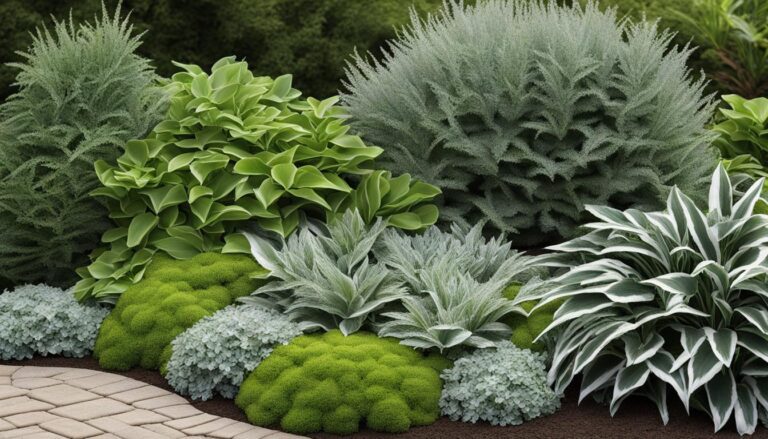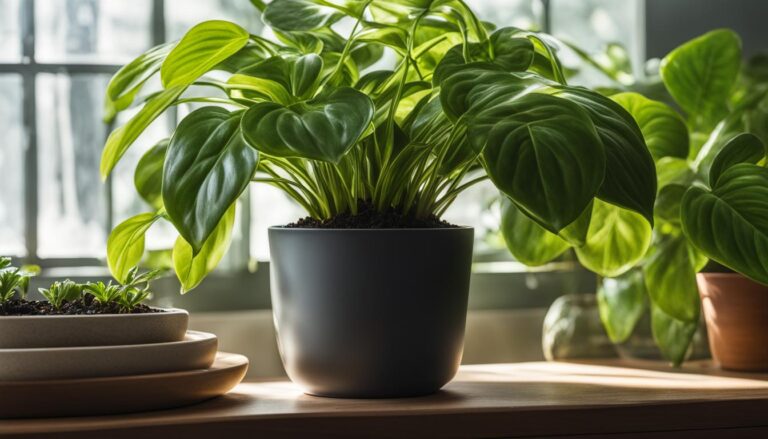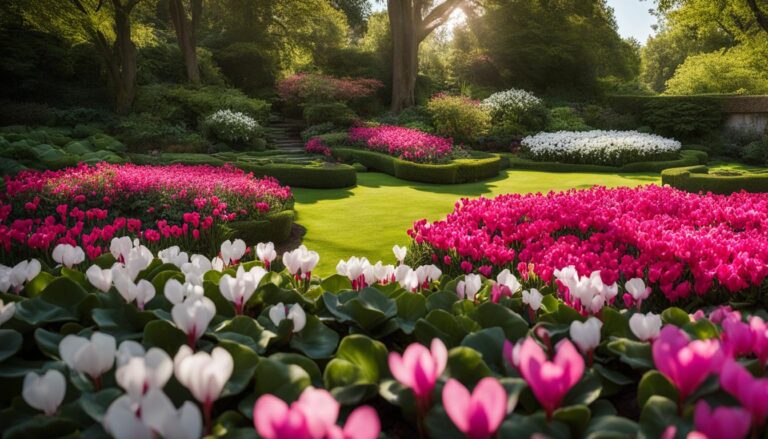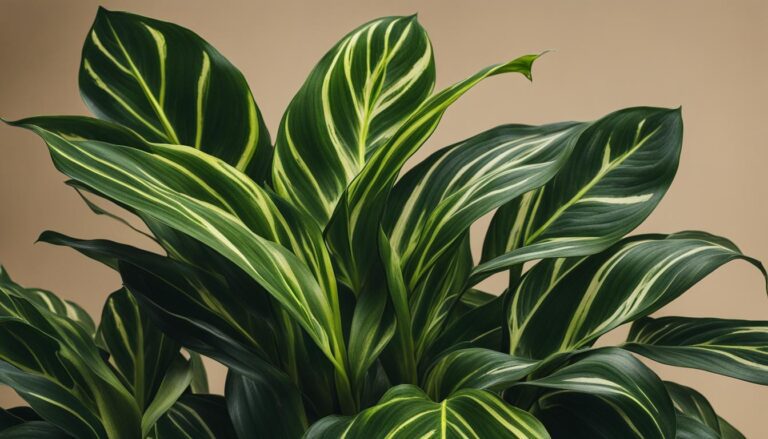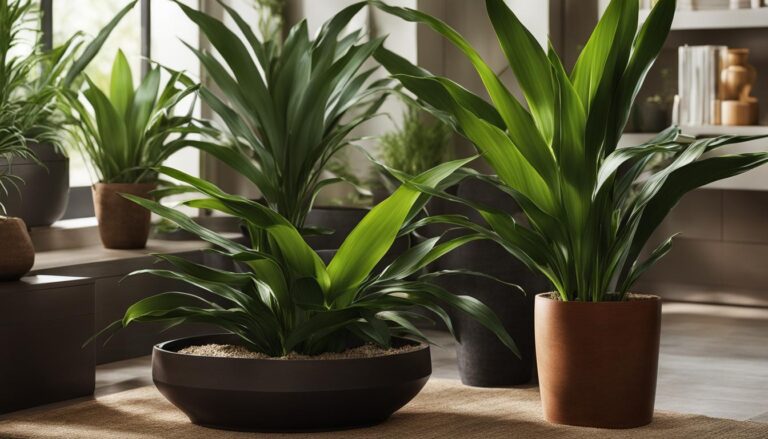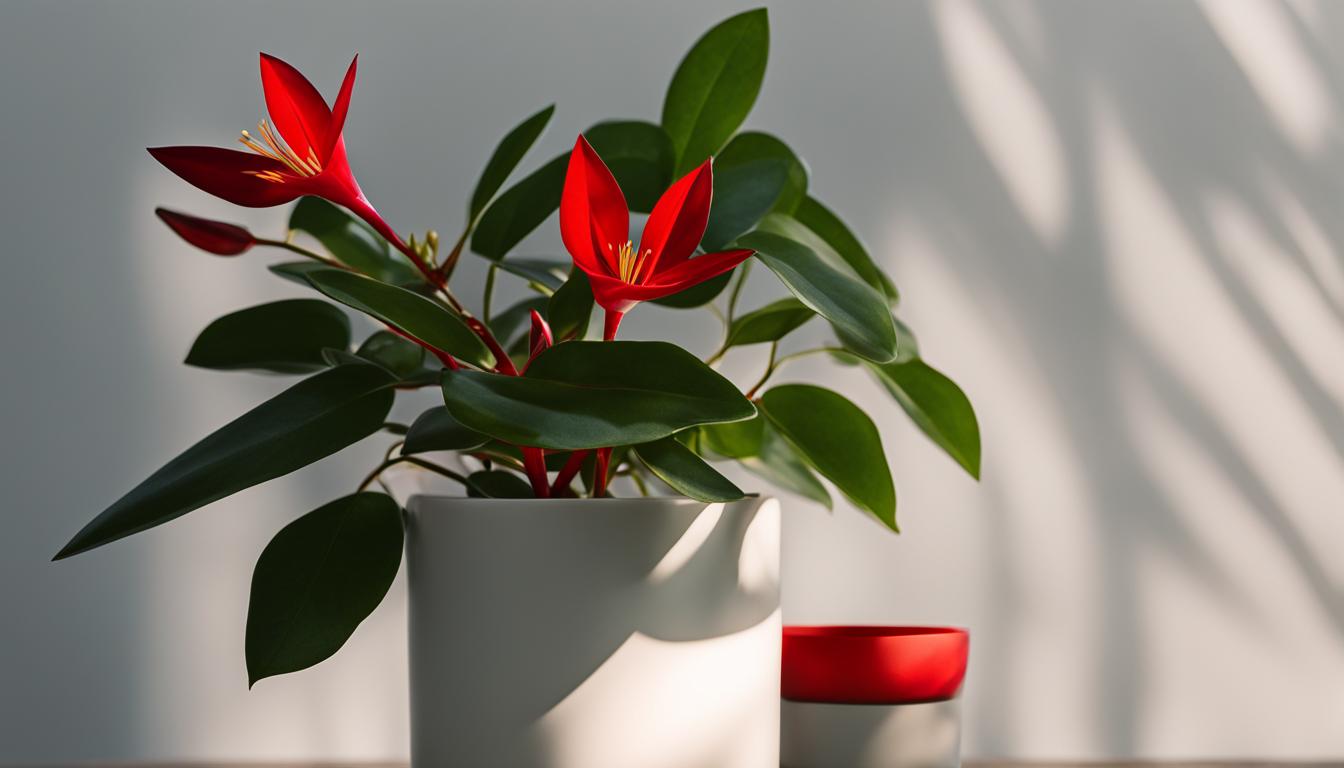
Welcome to my ultimate guide on mastering the growth of Lipstick Plant (Aeschynanthus). In this comprehensive guide, I will walk you through the various methods of propagation, the history and origin of these captivating plants, essential care tips for successful indoor growth, and solutions to overcome common challenges.
Propagating Lipstick Plant (Aeschynanthus) offers numerous benefits for gardeners and plant enthusiasts. Whether you want to expand your collection or fill up space with genetically identical plants, the propagation methods of stem cuttings, layering, and division will be explored in detail.
Lipstick Plant Care Guide
The Lipstick Plant, scientifically known as Aeschynanthus radicans, is a vibrant and unique addition to any indoor plant collection. Native to the humid tropics of Southeast Asia, this epiphytic plant is known for its glossy leaves and bright, tubular flowers that resemble a tube of lipstick emerging from a sleek case.
Caring for a Lipstick Plant requires an understanding of its natural habitat to replicate those conditions indoors. It thrives in bright, indirect light and appreciates a humid environment, which can be achieved through regular misting or placing it in a well-lit bathroom.
The soil should be well-draining and kept consistently moist, but not waterlogged, to avoid root rot. During the growing season, a balanced, water-soluble fertilizer can be applied monthly to support its vigorous growth and flowering.
When it comes to the air-purifying abilities of the Lipstick Plant, it is not specifically known for this property like some other houseplants, but it does contribute to a healthier indoor environment by adding humidity and potentially filtering out certain toxins.
One of the great advantages of the Lipstick Plant is that it is non-toxic, making it a safe choice for households with pets or children. However, as with any non-edible plant, it is still best to keep it out of reach to avoid any accidental ingestion which could cause mild stomach upset in sensitive individuals.
| Care Aspect | Details |
|---|---|
| Light | Bright, indirect sunlight. Avoid direct sun which can scorch the leaves. |
| Water | Keep soil consistently moist in growing season; reduce watering in winter. |
| Humidity | High humidity preferred. Mist regularly or place in a humid room. |
| Temperature | Ideal temperatures range from 65°F to 80°F (18°C to 27°C). Avoid cold drafts. |
| Soil | Well-draining potting mix, such as one containing peat, pine bark, and perlite. |
| Fertilization | Apply a balanced, water-soluble fertilizer monthly during the growing season. |
| Pruning | Prune back leggy stems after flowering to encourage bushier growth. |
| Repotting | Repot every couple of years or when the plant becomes root-bound. |
| Toxicity | Non-toxic to pets and humans. |
| Propagation | Can be propagated by stem cuttings placed in water or directly into soil. |
Understanding the history, origin, and key characteristics of Lipstick Plants will provide a deeper appreciation of their allure.
Native to the tropical regions of Southeast Asia, these evergreen perennials are renowned for their vibrant red flowers and lush green foliage. Varieties such as Mona Lisa and Twisted Lipstick Plant showcase unique visual features to suit any indoor garden.
Growing Lipstick Plants indoors requires careful attention to key factors such as light, temperature, humidity, water, nutrition, and soil.
By implementing our essential care tips, you can ensure the optimal growth and development of your plants, from providing adequate lighting to maintaining the right humidity levels.
While growing Lipstick Plants can be a rewarding experience, challenges may arise. Our dedicated section on troubleshooting will guide you through common issues such as root rot, leaf drop, inadequate blooming, fungal problems, and pest infestations, providing practical solutions for each.
Overcoming Challenges in Lipstick Plant Care: Solutions and Troubleshooting
Growing lipstick plants can be a rewarding endeavor, but like any plant, they can face challenges that require attention and intervention. Understanding the common issues that may arise and having the knowledge to address them is key to ensuring the health and vitality of your lipstick plants.
One challenge you may encounter is root rot, which can occur when the plant’s roots are constantly exposed to excess moisture. To prevent root rot, ensure that your lipstick plant is potted in well-draining soil and avoid overwatering. Allow the soil to dry out slightly before watering again, and make sure that any excess water drains away properly.
Leaf drop is another issue that lipstick plants may experience, often caused by factors such as direct sunlight or sudden temperature changes.
To address this, consider adjusting the plant’s location to provide the appropriate amount of light, and try to maintain a stable temperature in the room where it is kept. Providing consistent care and avoiding rapid environmental changes can help prevent leaf drop.
Another common challenge is inadequate flower bud blooming. If your lipstick plant seems to be lacking in blooms, it may be due to insufficient light or improper watering.
Increasing the plant’s exposure to bright, filtered light and adjusting your watering routine can encourage the development of flower buds. Remember that each plant has its own specific light and water requirements, so it may take some trial and error to find the perfect balance for your lipstick plant.
Fungal problems and pest infestations can also affect lipstick plants. Good airflow around the plant can help prevent fungal issues, so make sure that the plant is not overcrowded with other foliage. If necessary, you can also use a fungicide to treat any fungal infections.
When it comes to pests, keep a close eye on your lipstick plant for signs of spider mites or other common plant pests. Regular misting and the use of insecticidal solutions can help deter and control these unwanted visitors.
By being aware of these challenges and their solutions, you can ensure that your lipstick plants thrive and bring beauty to your indoor garden. With proper care and attention, you can overcome any obstacles that arise and enjoy the lush foliage and vibrant blooms of your lipstick plants for years to come.
FAQ
How can I propagate a lipstick plant?
Lipstick plants can be propagated through stem cuttings, layering, or division. Stem cuttings involve selecting a healthy stem, making a clean cut below the node, and planting it in a suitable medium. Layering can be done through air or simple layering, encouraging roots to grow while the stem is still attached to the parent plant. Division is used to rejuvenate older plants by separating them into smaller sections with their own roots.
What are the care requirements for lipstick plants?
Lipstick plants require bright, filtered light, well-drained soil, and temperatures between 58°F-86°F. Proper watering techniques, including thorough watering and avoiding waterlogging, are crucial. Mimicking the plant’s native tropical environment with adequate humidity levels through misting or pebble trays is important. Regular fertilization with a balanced fertilizer is also recommended.
What are some common challenges in growing lipstick plants?
Common challenges include root rot, leaf drop, inadequate flower bud blooming, fungal problems, and pest infestations. Preventing root rot involves proper drainage and avoiding overwatering. Leaf drop can be caused by factors like direct sunlight or sudden temperature changes. Increasing light exposure or adjusting watering routines can promote flower bud blooming. Good airflow and fungicides can address fungal problems, while misting and insecticidal solutions can deter pests like spider mites.


